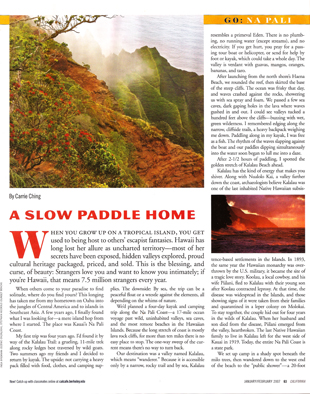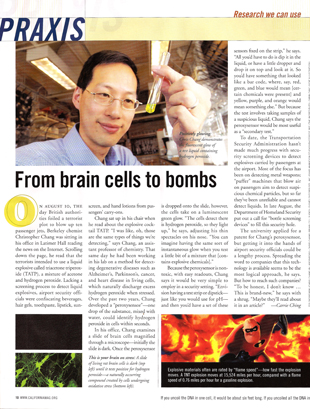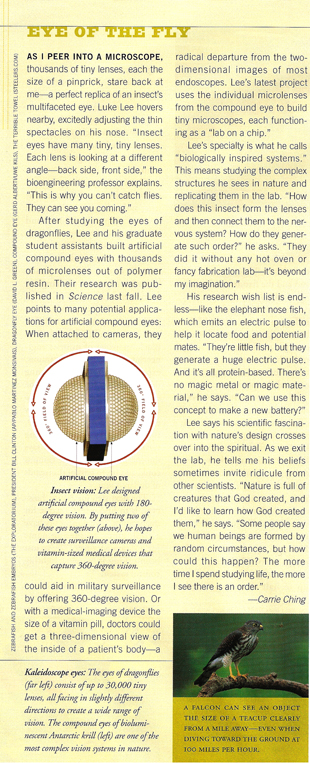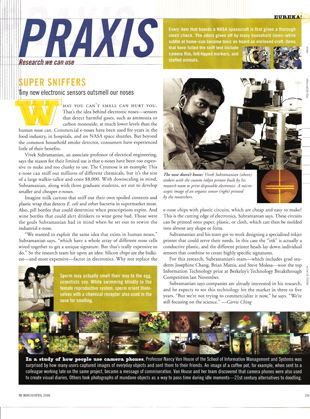Suburban Junkies
In California’s Orange County, some young prescription drug addicts are turning to heroin for a cheaper high. This growing problem appears to hit hardest in affluent communities around the state.
I produced and edited this multimedia feature for California Watch and KQED. It also appeared on KQED’s The California Report with a series of radio stories. The reporting for the multimedia feature was done by Erin Marie Daly, Michael Montgomery and Sarah Varney (see the print article here). The photography is by Daniel A. Anderson.
“Suburban Junkies” won a national award from the Society of Professional Journalists for Best Audio SlideShow.













